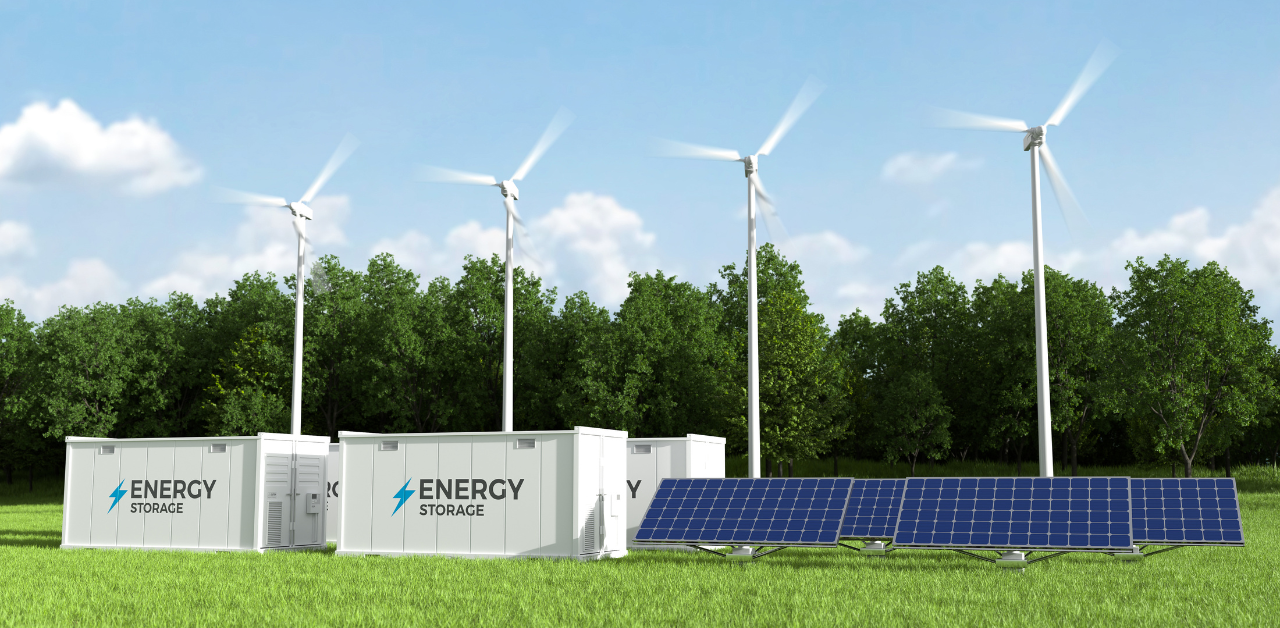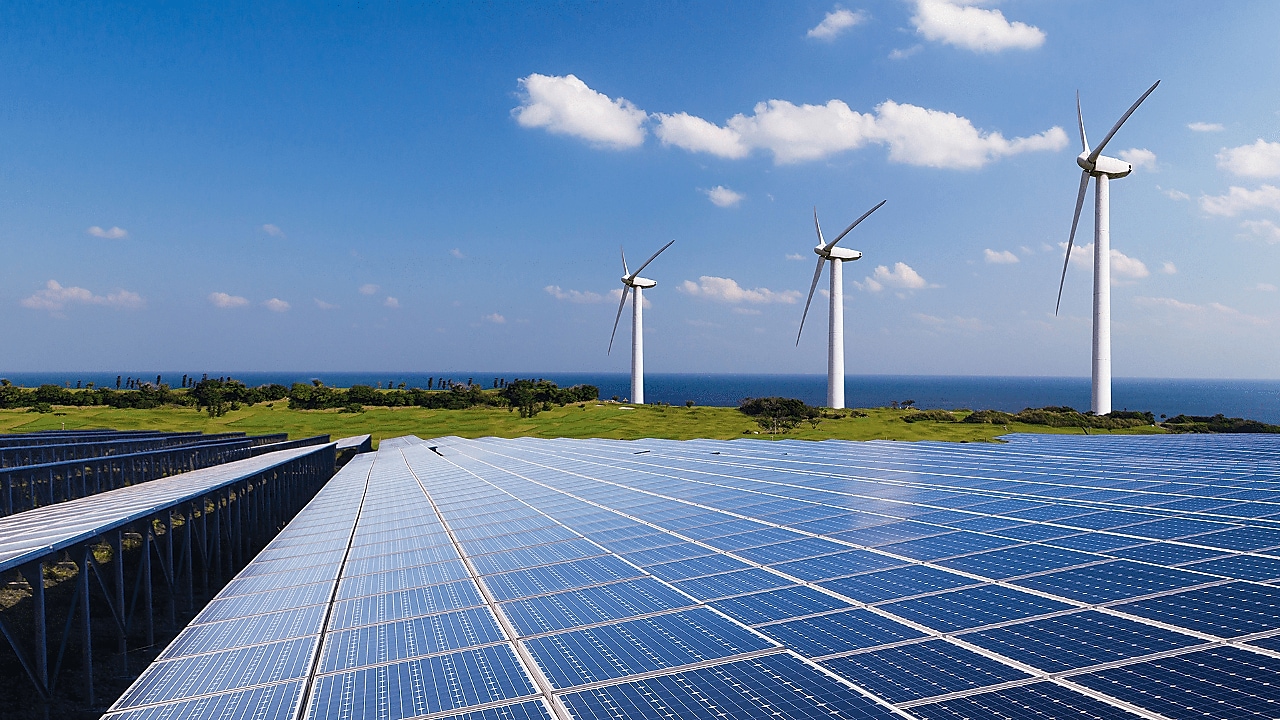In 2023, a U.S. Department of Energy analysis showed low – income households were benefiting from 7 GW of solar energy, highlighting the effectiveness of solar energy policy incentives. The U.S. Environmental Protection Agency and the U.S. Department of Energy are key federal regulators, while state entities like NYSERDA are also involved. This comprehensive buying guide reveals the difference between premium solar incentives and counterfeit – like misinformation. With a Best Price Guarantee and Free Installation Included in many offers, you can save big. Local incentives vary, so act now to maximize your savings!
Overview of solar energy policy incentives
The solar energy industry in the United States has witnessed remarkable growth, largely propelled by a robust framework of policy incentives. According to analysis from the U.S. Department of Energy, by the end of 2023, low – income households were benefiting from approximately 7 GW of solar energy, a testament to the effectiveness of these policies.
Government regulatory bodies involved
Federal level
At the federal level, agencies such as the U.S. Environmental Protection Agency (EPA) and the U.S. Department of Energy (DOE) play crucial roles. The EPA recently announced a $7 billion federal Solar for All grant competition. The 60 selections under this program will provide funds to states, territories, Tribal governments, municipalities, and nonprofits across the country to develop long – lasting solar programs for low – income and disadvantaged communities. The DOE, through its Solar Energy Technologies Office (SETO), is involved in research, development, and promoting the use of solar energy.
State level
On the state level, entities like the New York State Energy Research and Development Authority (NYSERDA) are actively engaged. NYSERDA was selected to receive $249.8 million from the U.S. EPA through the Solar for All grant program. It will leverage this support to enhance the state’s existing portfolio of solar deployments, technical assistance, and workforce development programs for disadvantaged communities and low – income households.
Coordination among regulatory bodies
EPA and NYSERDA
The partnership between the EPA and NYSERDA showcases effective coordination. The EPA’s Solar for All grant program aligns with NYSERDA’s goals to expand solar power in New York. This collaboration will enable low – income New Yorkers to benefit from solar energy, lowering their energy costs and advancing environmental justice. Representative Paul Tonko said, "Today’s announcement between DOE and NYSERDA will further enable our state to accelerate toward a clean energy future," highlighting the importance of such inter – agency cooperation.
Types of solar energy policy incentives
Solar energy incentives can be broadly classified into different types. Tax credits are one of the most popular incentives. The federal solar investment tax credit (ITC) reduces your federal income tax liability by 30% of what you spent on a solar energy system, including installation costs. For example, if you install a solar system worth $20,000, you can get a tax credit of $6,000.
Solar Renewable Energy Certificates (SRECs) are another performance – based incentive. SRECs represent the clean energy produced by a solar power system. In some states, utilities buy these certificates to meet their renewable energy requirements. By selling SRECs, solar panel owners can turn sunlight into savings and contribute to the clean energy movement.
Commonly used incentives
Common incentives also include rebates, personal tax breaks, and sales tax exemptions. These incentives vary significantly from state to state, allowing consumers to get 5% to 20% savings on their solar installations. Feed – in tariffs are also an option in some areas, where solar power producers are paid for the electricity they generate and feed back into the grid.
Quantifying savings from incentives
To quantify the savings from incentives, consider a homeowner in New York. With the federal 30% ITC and potential state – level rebates, they can save a substantial amount on a $30,000 solar installation. The 30% ITC alone would save $9,000. If the state offers an additional 10% rebate, that’s another $3,000 in savings, bringing the total savings to $12,000.
Government grants for solar energy installations
The $7 billion Solar for All grant program is a prime example of government grants for solar energy. These grants are targeted at low – income and disadvantaged communities, aiming to increase the residential solar capacity serving low – income households by one – third over the next five years while guaranteeing over 20% household savings.
Solar power subsidies and tax incentives
In addition to tax credits, there are various solar power subsidies. Some states offer reduced – cost financing options for solar installations, making it more accessible for homeowners and businesses. Tax incentives, as mentioned earlier, can significantly reduce the upfront and long – term costs of solar energy systems.
How to apply for solar energy rebates
To apply for solar energy rebates, it is advisable to first check with your state energy office or local utility company. The Database of State Incentives for Renewables and Efficiency (DSIRE) is also a valuable resource. It is the most comprehensive source of information on incentives and policies that support renewables and energy efficiency in the United States, established in 1995 and operated by the N.C. Clean Energy Technology Center at N.C. State University.
Pro Tip: Keep detailed records of your solar installation, including invoices and documentation, to ensure a smooth rebate application process.
Solar power tax credit programs
The Residential Clean Energy Credit is a federal tax credit program that allows homeowners to claim a specific percentage of their solar installation on their tax returns. To qualify, the solar system must be installed between 2022 and 2032. It is important to consult a tax professional to understand the exact requirements and maximize your benefits.
Reliable data sources for rate of return
NREL’s System Advisory Model (SAM) and PVWatts® Calculator are reliable tools for calculating the levelized cost of energy (LCOE) and estimating the energy production of grid – connected photovoltaic (PV) energy systems. These tools can help you understand the potential rate of return on your solar investment.
Calculating return on investment
Three key drivers determine the return on investment (ROI) of a solar system: the cost of your solar system, the amount of electricity your system produces, and the value of the electricity your system is offsetting. The formula for ROI is Net Savings divided by the Total Cost. Net Savings represent the total financial benefits you’ll accrue from your solar investment over its lifetime.
Try our solar ROI calculator (hypothetical) to estimate your potential savings and returns on a solar energy investment.
Top – performing solutions for accessing solar energy incentives include consulting with a Google Partner – certified solar installation company. They can guide you through the complex process of applying for incentives and ensure you are taking full advantage of available programs.
FAQ
What is a Solar Renewable Energy Certificate (SREC)?

According to industry standards, an SREC is a performance – based incentive in solar energy. SRECs represent the clean energy produced by a solar power system. In some states, utilities buy these certificates to meet their renewable energy requirements. Solar panel owners can sell SRECs, turning sunlight into savings. Detailed in our [Types of solar energy policy incentives] analysis, this is a unique way to contribute to the clean – energy movement.
How to apply for government grants for solar energy installations?
To apply for government grants like the $7 billion Solar for All program, it’s recommended to start with local government agencies focused on energy. These can provide guidance on eligibility. Also, the official websites of federal agencies such as the EPA and DOE are valuable resources. Keep records of your installation plans and household income details. This approach is more structured than just randomly searching.
Solar power tax credits vs. solar power subsidies: What’s the difference?
Unlike solar power subsidies that may include reduced – cost financing options, solar power tax credits directly reduce your tax liability. For instance, the federal solar investment tax credit (ITC) cuts your federal income tax by a percentage of your solar system cost. Subsidies, on the other hand, make the installation more affordable upfront. Both are detailed in our [Types of solar energy policy incentives] section.
Steps for calculating the return on investment for a solar energy system?
- Determine the cost of your solar system, including installation.
- Calculate the amount of electricity your system will produce.
- Find the value of the electricity your system is offsetting.
- Use the formula: ROI = Net Savings divided by the Total Cost.
NREL’s System Advisory Model can assist. Detailed in our [Calculating return on investment] analysis, these steps ensure a proper assessment.
